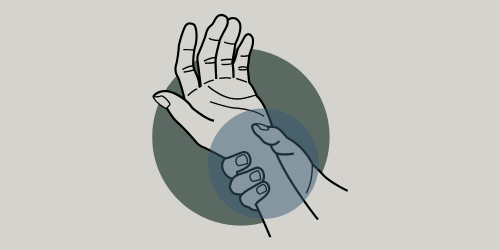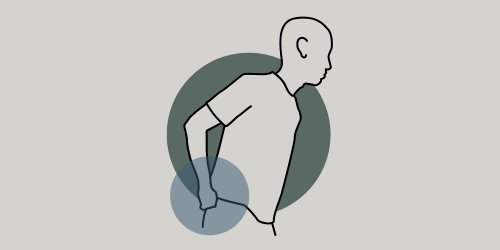LASER THERAPY (CLASS IV)
Laser therapy is a non-invasive technique to help reduce pain and inflammation. Laser therapy can be safely used as an adjunct or replacement for pharmaceutical drugs. This pain relief treatment is FDA cleared and enables patients to have an alternative to drugs and surgery.
It's classified as "Class IV" by the FDA because of its power output, which is typically greater than 500 milliwatts (0.5 watts). This higher power distinguishes it from lower-class lasers (like Class IIIb or "cold lasers," which typically operate at 500mW or less) and allows for deeper penetration into tissues and shorter treatment times.
How it works (proposed mechanisms):
The therapeutic effects of Class IV laser therapy are based on a process called photobiomodulation (PBM). When the laser light penetrates the skin, it's absorbed by photoreceptors within the cells, particularly in the mitochondria. This absorption triggers a cascade of physiological effects:
INCREASED CELLULAR ENEGERY PRODUCTION
The absorbed light stimulates the mitochondria to produce more adenosine triphosphate (ATP), which is the primary energy currency of the cell. This increased energy fuels cellular repair and regeneration.
ACCELERATED TISSUE REPAIR & REGENERATION
By enhancing cellular metabolism and increasing the synthesis of DNA, RNA, and proteins, the laser promotes faster healing of damaged tissues, including muscles, tendons, ligaments, and nerves.
REDUCED INFLAMMATION
Laser therapy helps to decrease the production of pro-inflammatory mediators and promote the release of anti-inflammatory substances, creating a more favorable environment for healing.
IMPROVED BLOOD CIRCULATION (NEOVASCULARIZATION)
The laser light can stimulate the formation of new capillaries (tiny blood vessels), increasing blood flow to the treated area. This delivers more oxygen and nutrients essential for healing and removes waste products.
PAIN RELIEF
It can reduce pain by:
Decreasing nerve sensitivity.
Releasing endorphins (natural pain relievers).
Reducing swelling and pressure on nerves.
Normalizing cellular function.
ENHANCED LYMPHATIC DRAINAGE
By reducing inflammation and promoting fluid movement, it can help decrease swelling and edema.
Key Differences from Class IIIb Lasers ("Cold Lasers"):
The main distinction lies in their power output and depth of penetration:
Power:
Class IV lasers are significantly more powerful (often ranging from 0.5W to 25W or even higher) than Class IIIb lasers (which are 0.5W or less).
Penetration Depth:
The higher power of Class IV lasers allows them to penetrate much deeper into tissues (up to 4-10 cm or more), reaching deep muscles, joints, and even bone. Class IIIb lasers are typically more effective for superficial conditions.
Treatment Time:
Due to their higher power, Class IV laser treatments are often shorter (5-10 minutes) compared to Class IIIb lasers, which may require longer sessions to deliver a therapeutic dose.
Treatment Area:
Class IV lasers can treat larger areas more efficiently because of their broader beam and higher power density.
Common Conditions Treated with Class IV Laser Therapy:
JOINT PAIN
BACK & NECK PAIN
TENDINOPATHIES
NERVE PAIN
SPORTS INJURIES
POST-SURGICAL RECOVERY & WOUND HEALING
Benefits of Class IV Laser Therapy:
Non-invasive and Drug-Free: No needles, incisions, or medications required.
Pain Reduction: Often provides rapid and significant pain relief.
Accelerated Healing: Speeds up the natural healing processes of the body.
Reduced Inflammation and Swelling: Helps manage the body's inflammatory response.
Improved Mobility and Function: Restores range of motion and overall function.
Safe: When administered by a trained professional, it has a low risk of side effects.
Versatile: Can treat a wide array of conditions.
For more information: http://www.litecure.com/medical/









